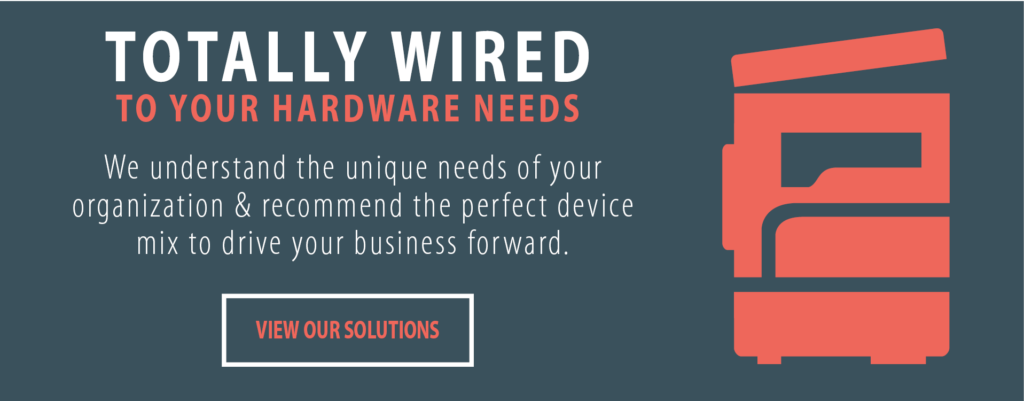Blog
The Stuff
What’s New from Ricoh/Savin?…Lots
Posted On September 10, 2012 By Scott Guercio
Over the past eight months, Ricoh/Savin has introduced roughly 17 new MFD/P (multifunctional device/printer) models, updating its monochrome and full color lineup. Ricoh/Savin is refreshing its products, from desktop units to light production machines, to meet a more workflow oriented placement strategy.
Click here to see our current hardware options for your business… we’ve moved way beyond copiers!
As the “copier” industry continues to see dealers diversify offerings to now include managed print, document and IT services, Ricoh/Savin is positioning its new equipment to compliment expansion into these areas. New hardware features focus on mobile support, enhanced security, cloud integration, improved device management and an overall lower total cost of ownership.
Here at Advance – The Document Specialists, our sales approach has always revolved around helping our clients solve their critical business issues, well beyond a just the office hardware. However, with the new Ricoh/Savin system architecture, now even the MFD can provide tools to help our customers improve workflow, while creating efficiencies and lowering expenses.
Following are just five examples of new Ricoh/Savin features aimed at improving office workflow:
1) Home Folder over LDAP: If Home Directory information is registered on our customer’s LDAP server, users can scan documents to their desired Home Folder destination in a one-touch operation after log-in, even if the folder information is not registered on the MFP. This function allows shared information to be even more accessible, further reducing operation costs. Also, Home Directory information stored at the LDAP server can be accessed on multiple MFPs installed on the same network. This eliminates the need for administrators to have to register shared folder information at each MFP, improving productivity by eliminating programming tasks at every device.
2) Scan to PDF/A: This function enables users to scan paper documents to the new PDF/A format, such as when scanning paper documents related to quality management, regulatory compliance, or when submitting electronic documents in the PDF/A format is required by government agencies. The ability to create PDF/A files directly from the MFP is a time saving benefit for legal practices. For more information on PDF/A, click here: http://www.advancestuff.com/blog/index.php/pdfa-legal-system/
3) Bates Numbering: Users can program the device to sequentially number pages in a job, mark the date of reception, and/or sequentially number pages across multiple documents so that it is presented in a format commonly known as Bates stamping. Users can change the start number, auto-increment numbering tasks, and add alpha prefixes and suffixes like a company or client name to more specifically identify files, as well as control stamp type size, style, and position. The ability to automate and customize these functions is a great benefit to clerical workers in medical and legal practices with constant records filing tasks. For more information on Bates Numbering, click here: http://www.advancestuff.com/blog/index.php/bates-numbering-legal-industry/
4) Output Mode Switch Timer for Received Fax: Through the Timer settings, users can specify whether inbound fax documents received within specific time windows are to be printed, stored in temporary memory, forwarded to a registered receiver, saved on the HDD, or suspended until the user enters their authentication credentials at the device. This prevents sensitive information from being automatically output and sitting in a fax exit tray to reduce the risk of information theft, such as when communications are sent during overnight hours, or to meet regulatory compliance.
5) Auto Job Promotion: This function increases overall productivity by “parking” print jobs to the Hold Print queue when the MFD determines that a specific job cannot be completed with available resources. The MFD will then proceed to execute the next job for which it has the proper media, capacities, or supplies to complete. The advantage is that the entire system does not stop working because one job cannot be completed, due to a paper size mismatch or out of supply condition – downtime is minimized and job bottlenecks are preempted, boosting productivity across the entire office.
